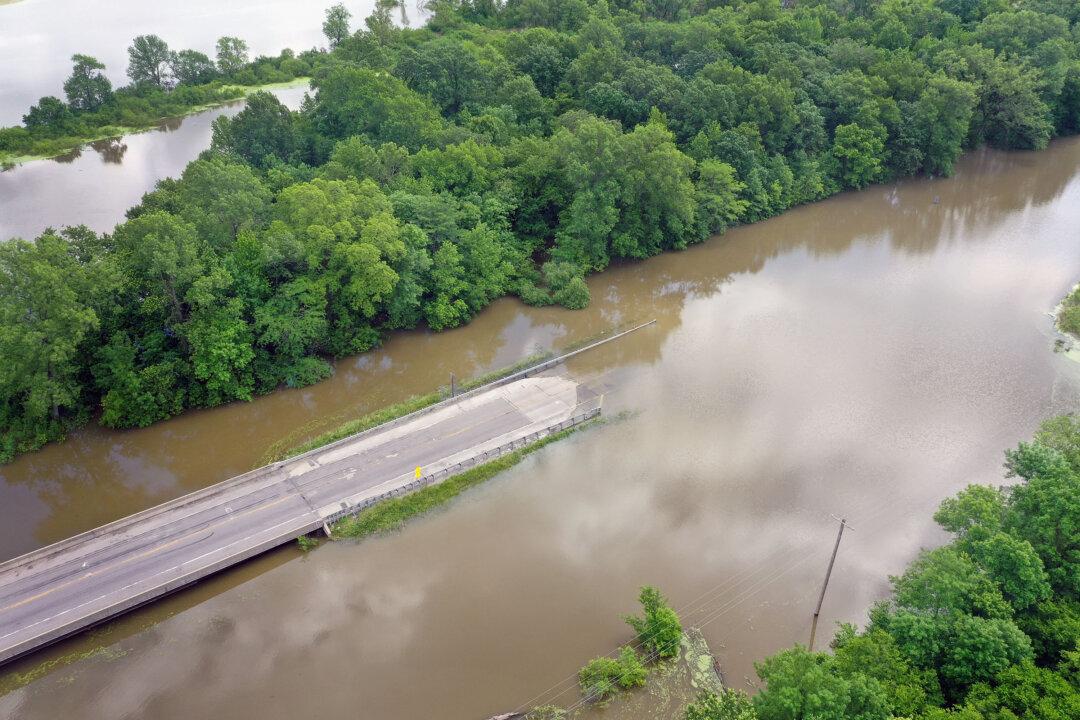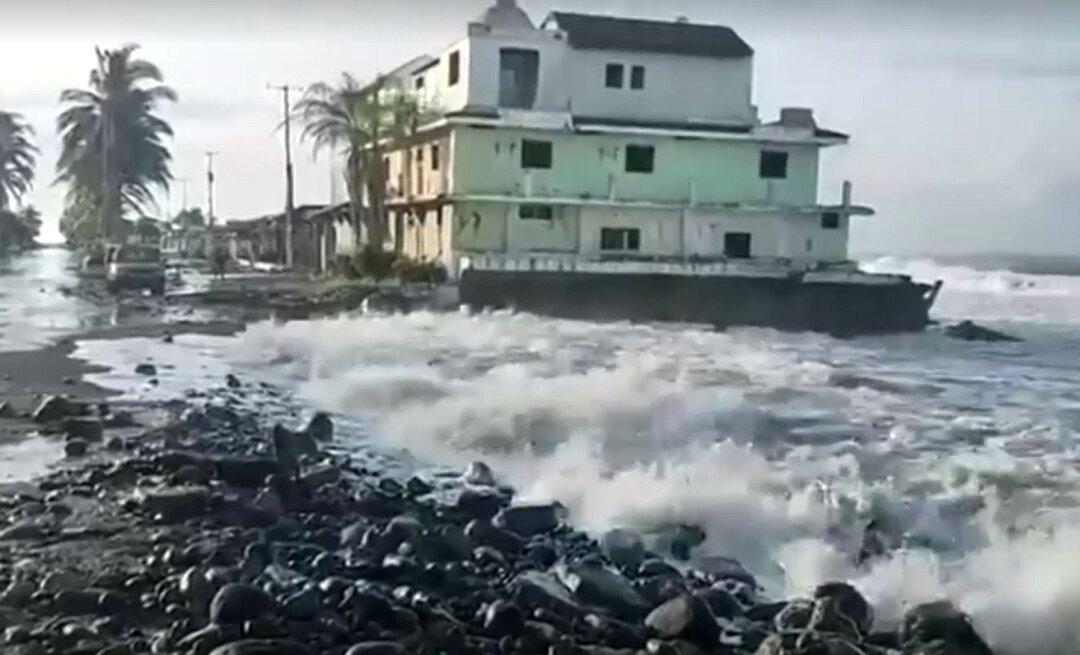Heavy rains in the Midwest are causing levees to breach along the Mississippi and Arkansas rivers, which may eventually put thousands of homes in danger.
The Dardanelle Levee along the Arkansas River breached early Friday near the community of Holla Bend, sending water gushing into farmland that already had been saturated by leaks in the levee a day earlier, video from CNN affiliate KARK shows.




